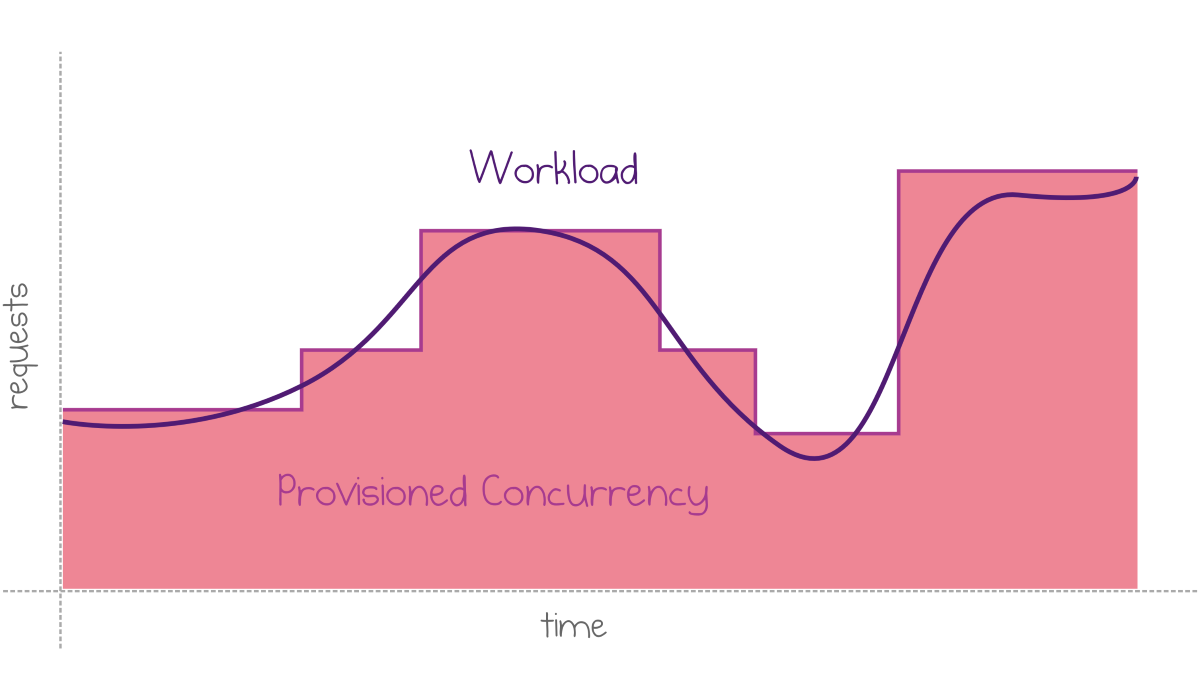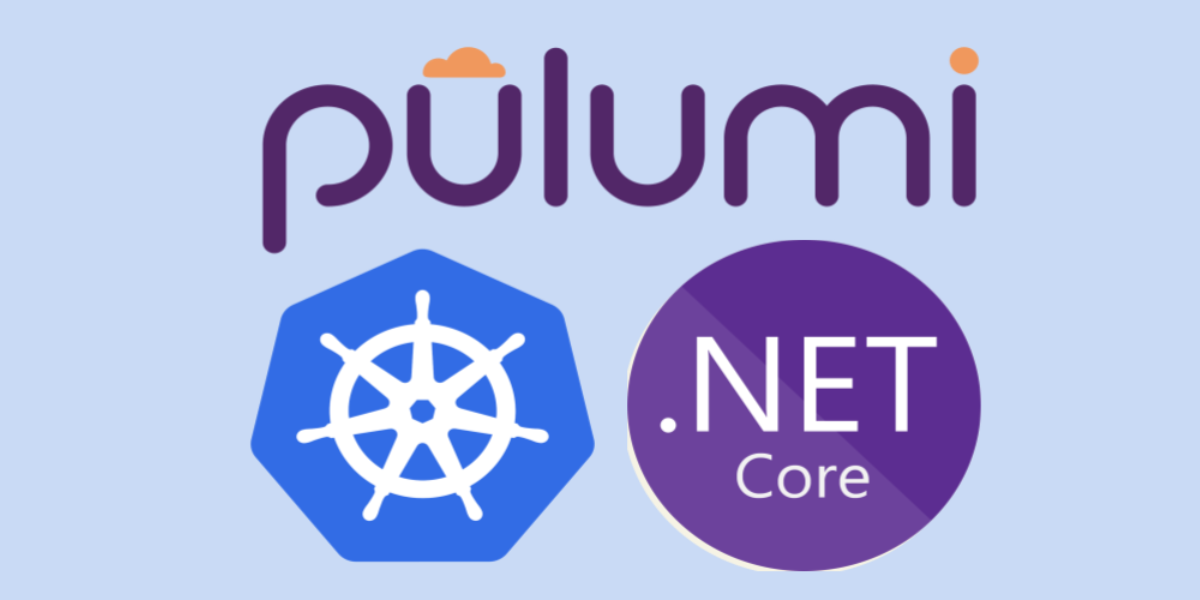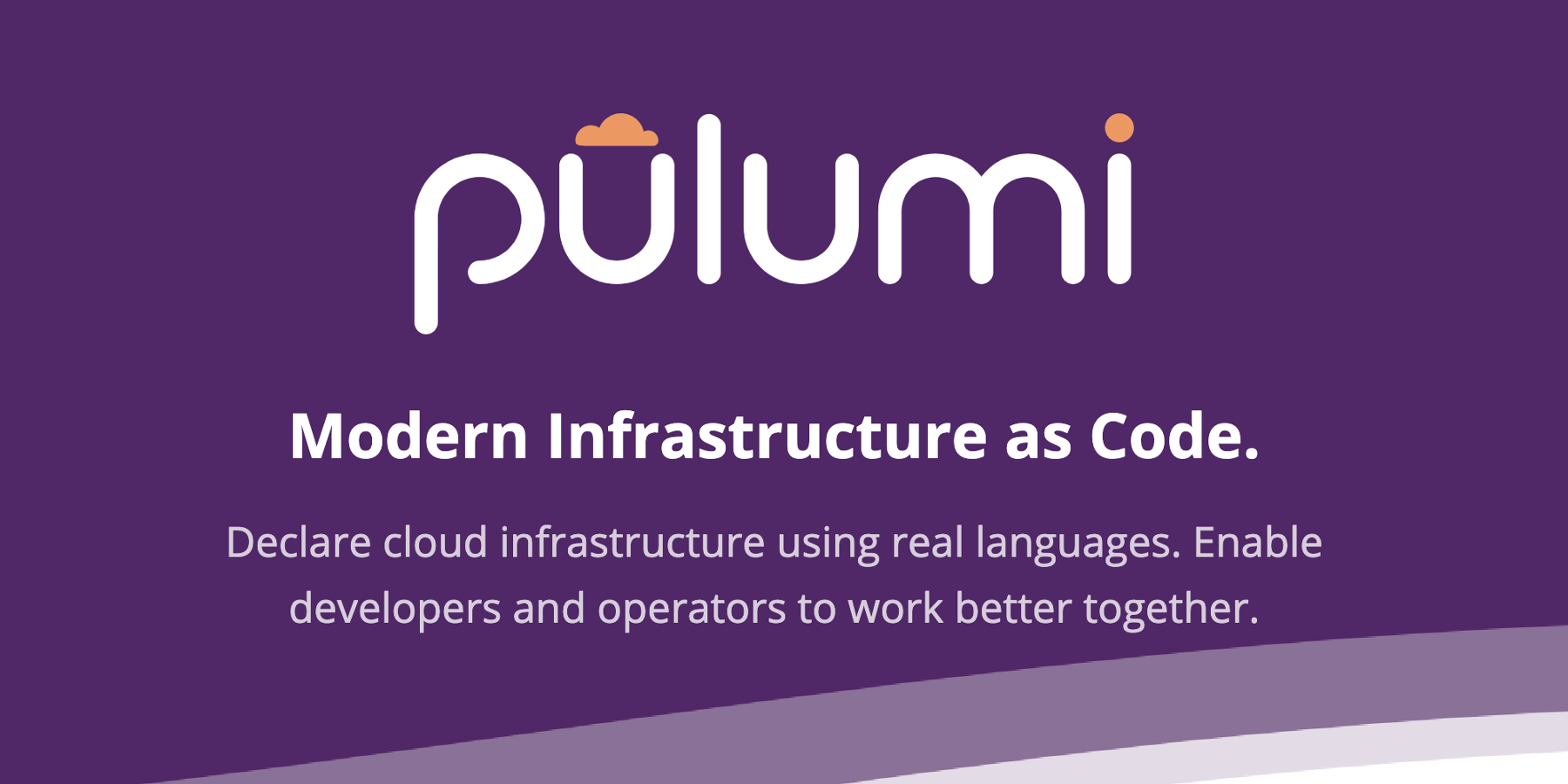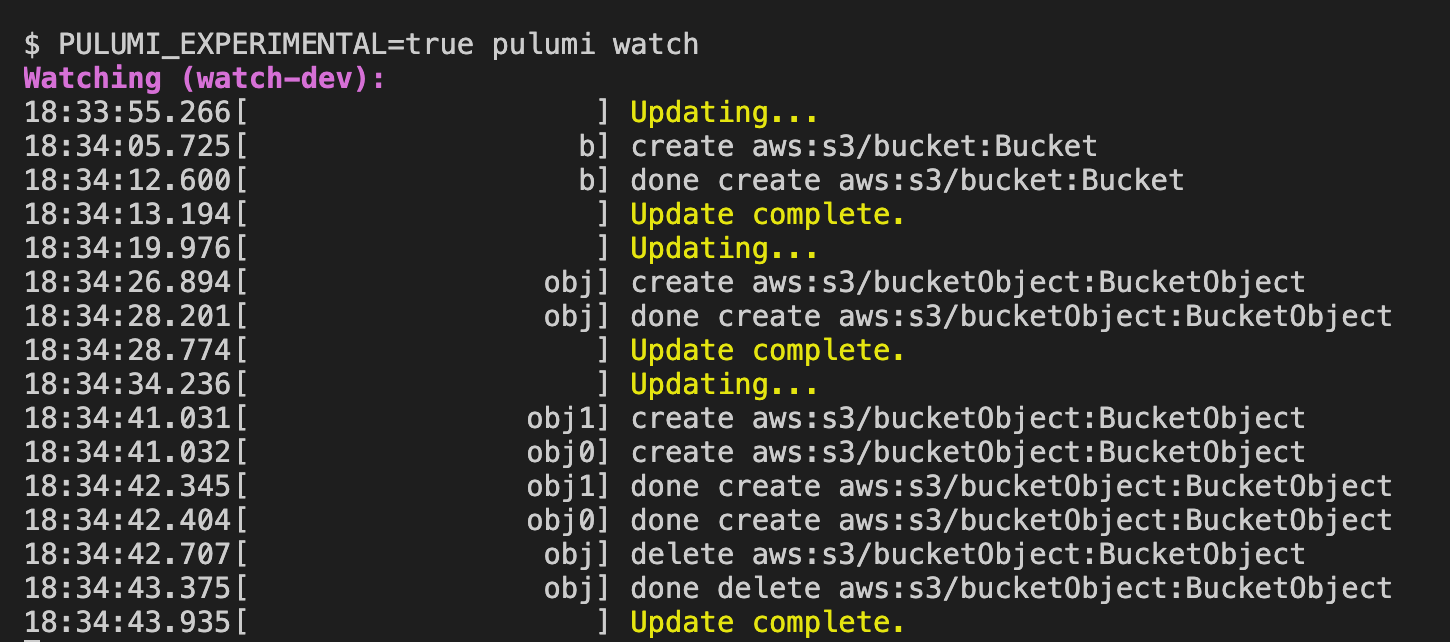Enforcing Different Kinds of Policies for Cloud Resources

This post describes an early version of Pulumi CrossGuard (Policy as Code). The API and implementation details may have changed. For the most up-to-date information, please see the CrossGuard documentation.
We recently announced a new policy as code solution, CrossGuard that validates policies at deployment time. Policies are expressed as code and are used to prevent the creation of out-of-compliance resources. This allows an organization to prevent entire classes of security and reliability defects to ensure infrastructure is following best practices. Because policies are written using full-blown programming languages, it’s possible to do interesting things such as combining IAM Access Analyzer and Pulumi CrossGuard. In this post, we’ll take a closer look at the different types of policies that can be written.















